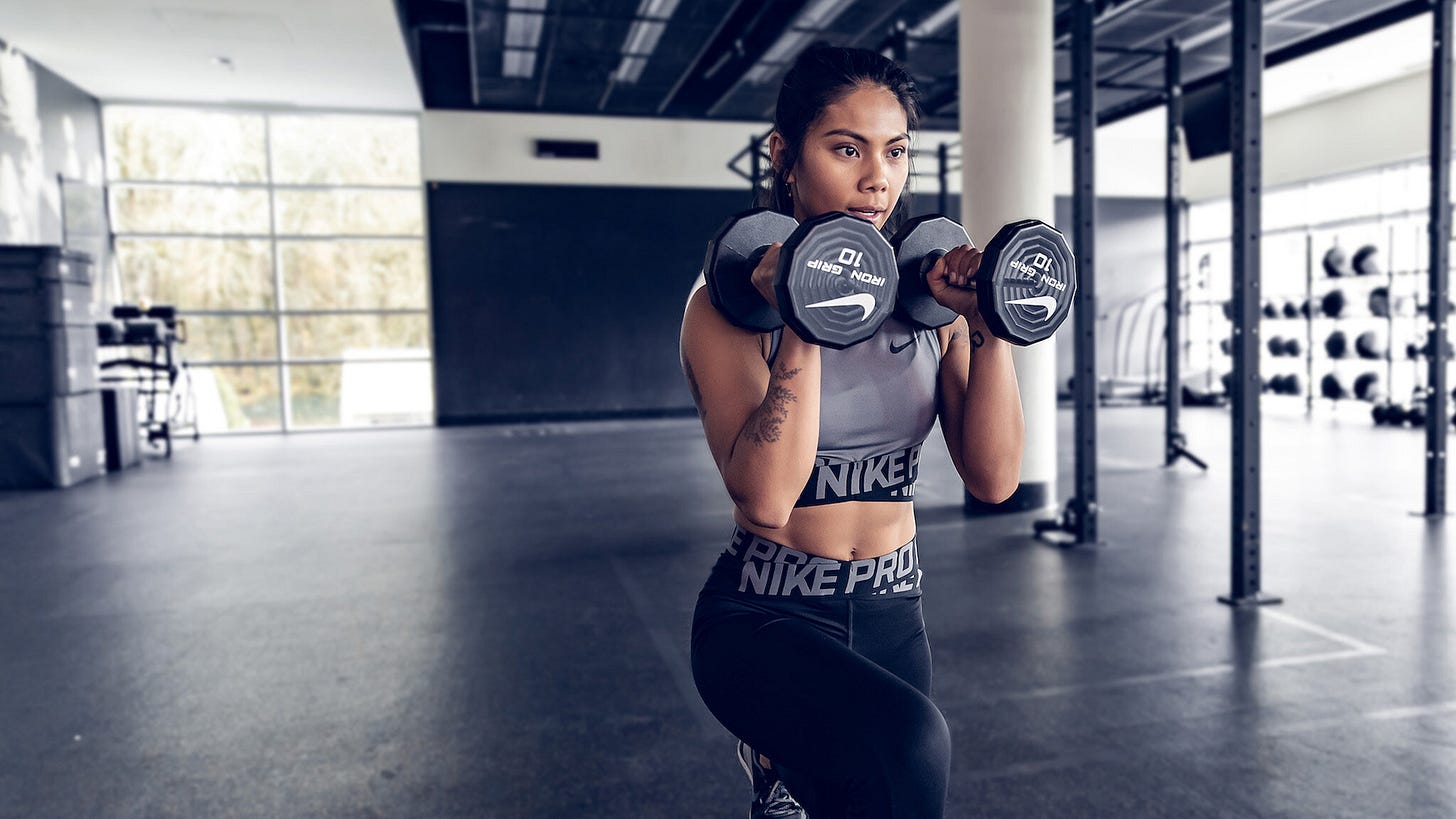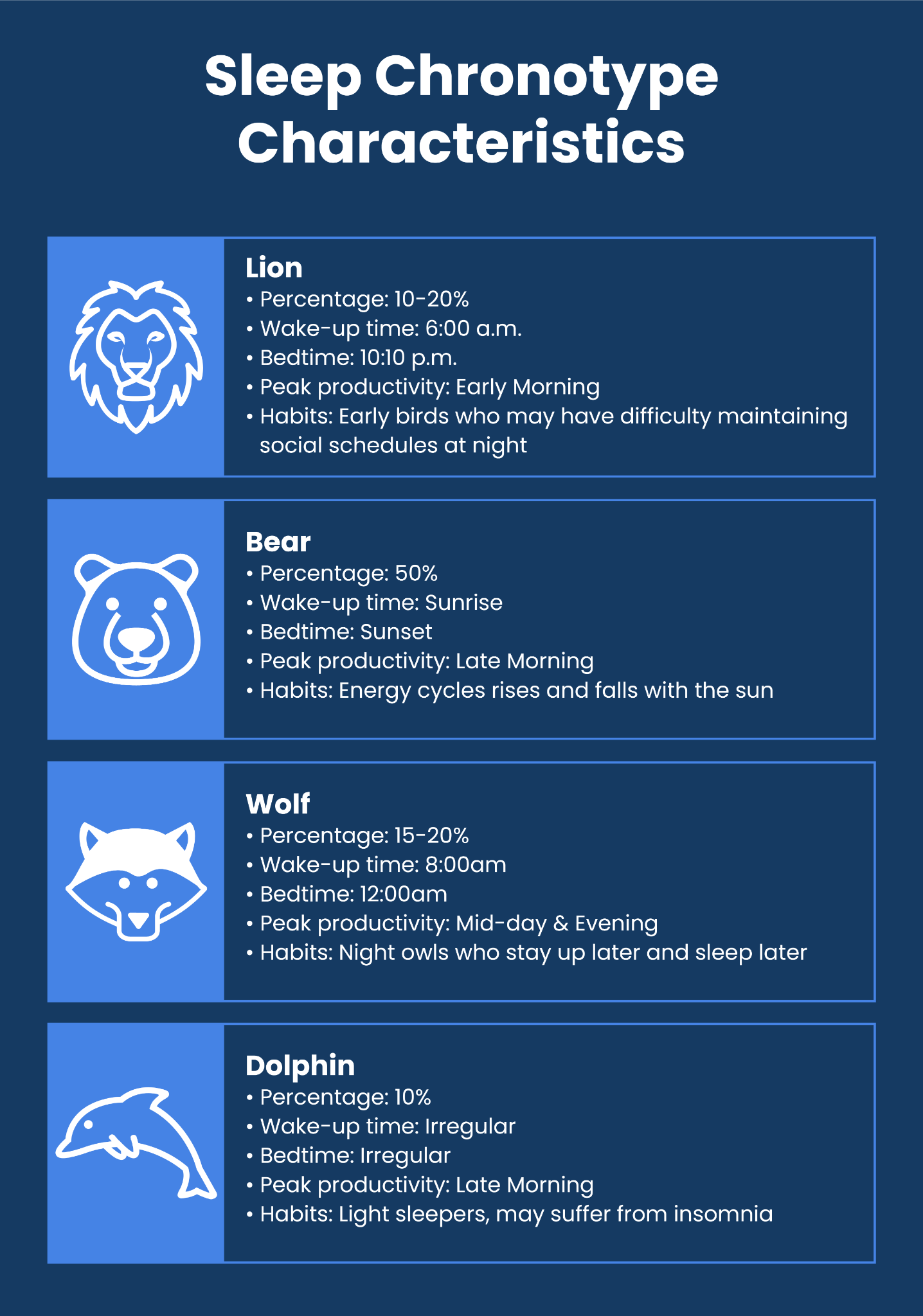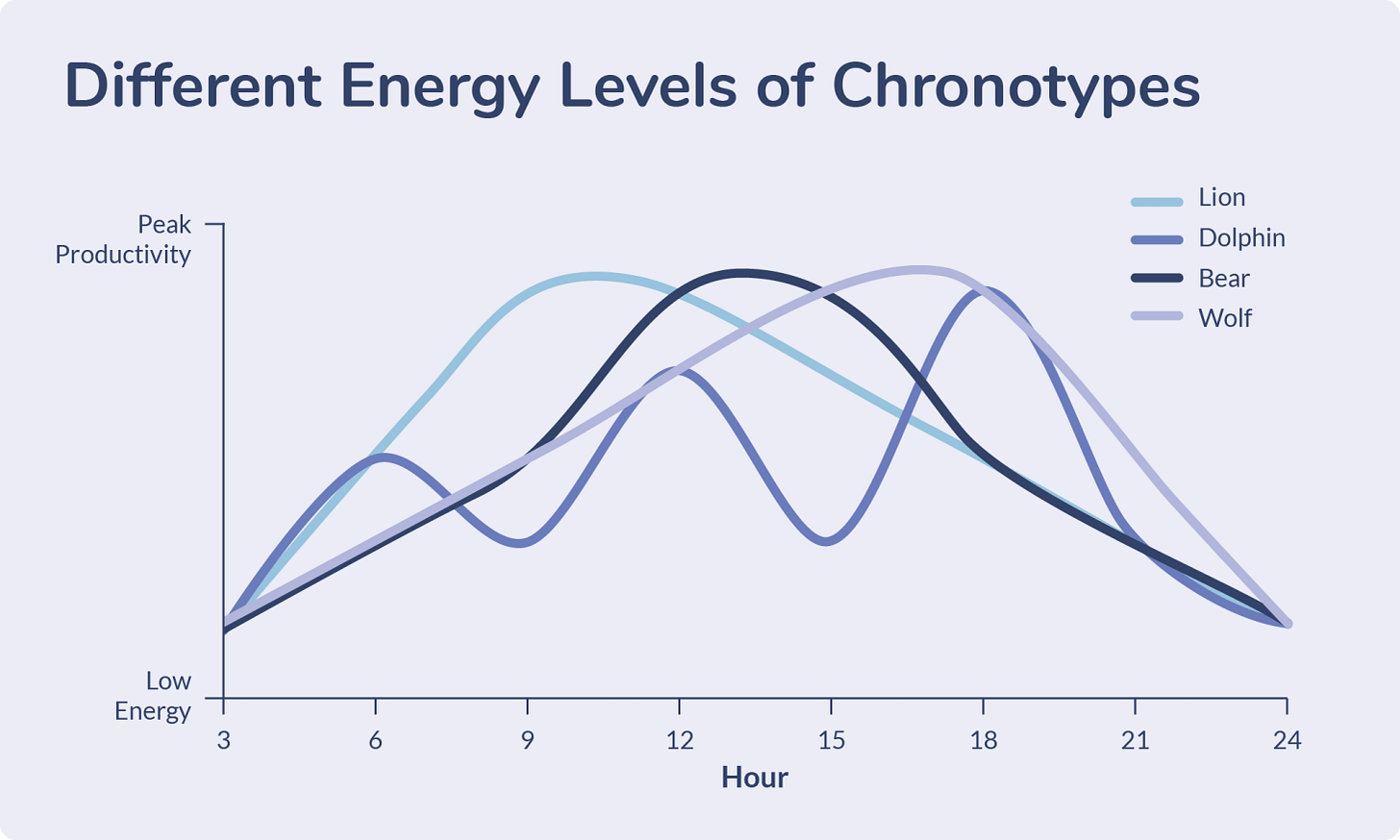“Good Form Above All Else”
How having 'good form' applies to productivity and why it makes all the difference.
POSITIVE AFFIRMATION
“I’m in Starbucks, in my normal seat, with my cold brew near my right hand and some noise-cancelling earbuds dialed into a Top 40 playlist. I’ve already gone for a run this morning and got my daughter happily off to daycare. Looks like I’m setup for success.
Today I’ll allow the natural productivity to wash over me.”
- Johnny T. Nguyen
That’s Betina Gomez, Nike Master Trainer, in one of the free, on-demand training classes on the Nike Training App. It’s a throwaway line that anybody who exercises in the gym with weights has heard a thousand times. But when I heard it on this specific morning, it resonated more deeply with me.
It occurs to me that good form applies to how we approach and practice productivity. In fitness, form is all about alignment, efficiency, and injury prevention. In productivity, “good form” is working in a way that’s sustainable, self-aware, and avoids burnout or self-judgment.
“Bad form” in productivity - like overcommitting, ignoring personal rhythms, or comparing oneself harshly to others - are ways we “injure” our well-being or motivation, just as poor physical form can lead to injury in exercise.
We are each productive in our own way. Talking to a close friend of mine, he has been waking up without an alarm clock for years now. The truly shocking part, though, is that he has two young kids, and I was astonished that his kids and wife let him sleep in! He states he hits peak mental performance at night. The Sleep Doctor site calls these types ‘wolves' while Daniel Pink calls them ‘larks.’ Whatever the term, what’s good form for one person might look different for someone else.
Neutral productivity means respecting your current performance - high output, low output, or anywhere in between - without judgment. It’s about finding your harmony, not chasing someone else’s idea of it.
The Good Form Checklist
I want us to think through what perfect form looks like for our productivity. Consider factors that affect your productivity, using this checklist:
Am I hydrated?
What’s my current energy level? Do I need to exercise, or am I fatigued? Do I need a healthy snack, or should I fast?
Do I need a change of scenery? At home, in the office, or at a third space?
What’s my emotional state? Calm or fired up?
Are you a morning or evening person?
What gear do you need to feel productive?
What are you working on? Creative work or punch-list items?
Are you alone or jamming with others? Do you feel connected?
Knowing the conditions that allow for the best personal productivity is useful, but not required. We can strive for the right situation to make productivity easier, but don’t let them be an excuse. Ultimately, personal productivity should be able to occur anywhere, in any situation. Remember, we work hard and train hard so that when there is a chaotic day - and there always will be chaotic days - we can rise to the challenge.
Your Call-To-Action
Think about a day when you felt ‘in good form’—what conditions made that possible? How can you recreate or accept those conditions more often? What’s one small adjustment you can make today to better align with your current state?
I encourage you to drop your reflection in the comment section below. What worked for you might work for others; pay it forward.
Good Form on Popular Exercise Moves
Back to what triggered this article, Gozo’s quick line about how it’s about having perfect form above all else. Even if we’re tired and fatigued, we need to have perfect form or else the exercise is not benefiting us as intended, or worse yet, cause an injury.
As a resource, here’s a list of popular exercise moves, according to Liz Plosser of Best Case Scenario, links to demonstration videos, and how to relate these exercises to lessons in productivity.
Squats: Grounding yourself in basics.
Rows: Pulling together resources/support.
Loaded carries, aka Farmer’s Walk: Managing multiple responsibilities.
Deadlifts: Lifting heavy tasks with care.
Overhead presses: Reaching for new ideas.
Lunges: Moving forward, one step at a time.
Pushups: Building resilience through repetition.
When you’re grounding yourself in basics (squats), pulling together support (rows), or managing multiple responsibilities (loaded carries), remember: perfect form in productivity is about alignment, not intensity.
TAKEAWAY
“Good form in productivity isn’t about squeezing the most out of every minute. It’s about aligning your work with your natural rhythms, respecting your current state—whether you’re feeling energized or sluggish—and making gentle adjustments, not harsh judgments. Just as in the gym, where perfect form prevents injury and builds strength over time, good form at work means being mindful of your limits and capacities. Some days, good form is a sprint; other days, it’s a gentle walk. Both are valid, and both move you forward.” - Perplexity
DIG DEEPER
Consider these nuanced, unique physical tips that may also enhance your personal productivity:
➩ Micro-movements or stretches at your desk
➩ Exercise your pinky toe! On occasion, I consciously walk while pressing my pinky toe down.
➩ Deep breaths that fill the belly… AND also your lower back. Think full 360, front and back, of the body.
➩ Allow for rote, low-effort activities as mental resets, which research shows incur minimal switch costs and can be restorative.





